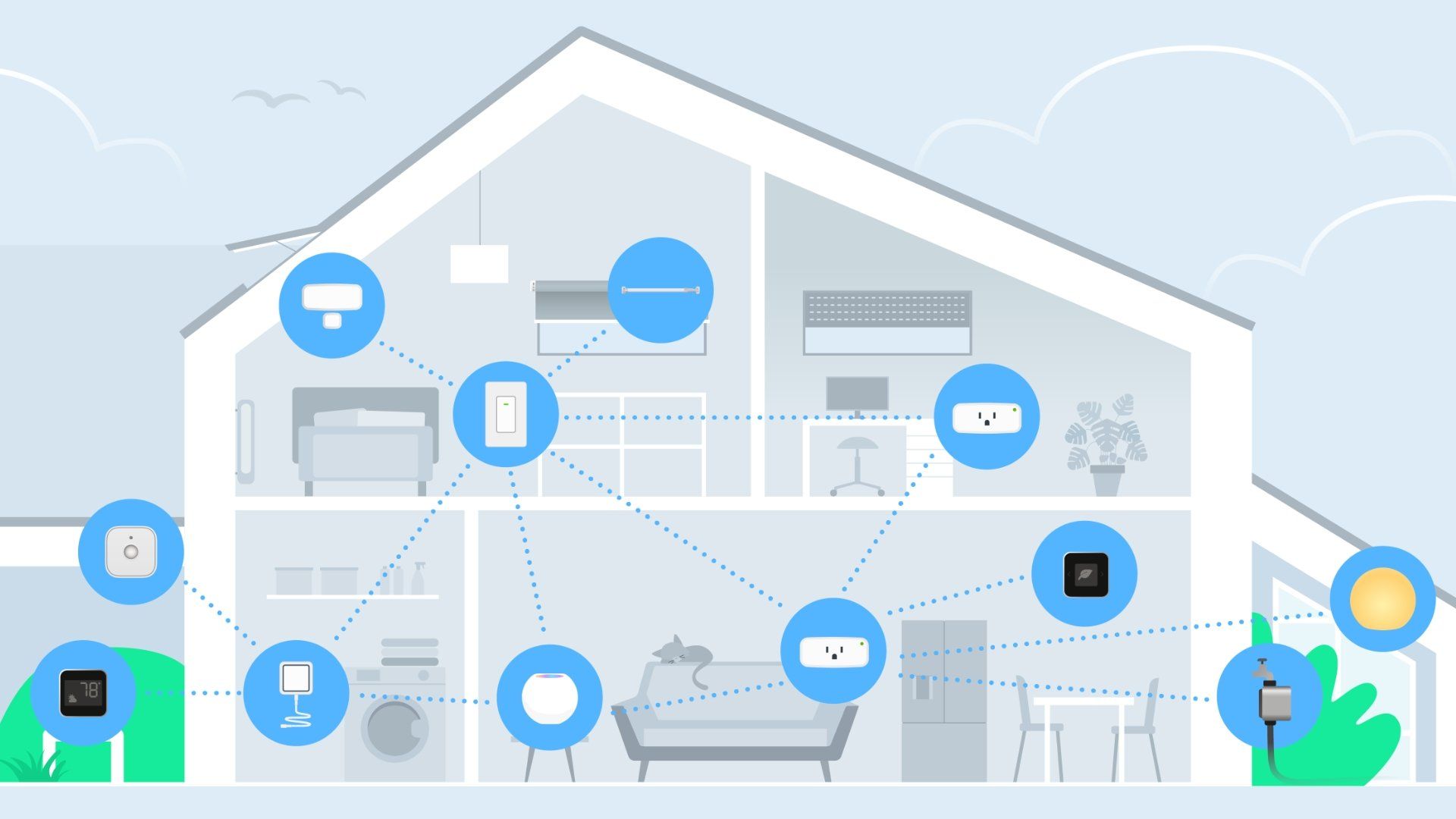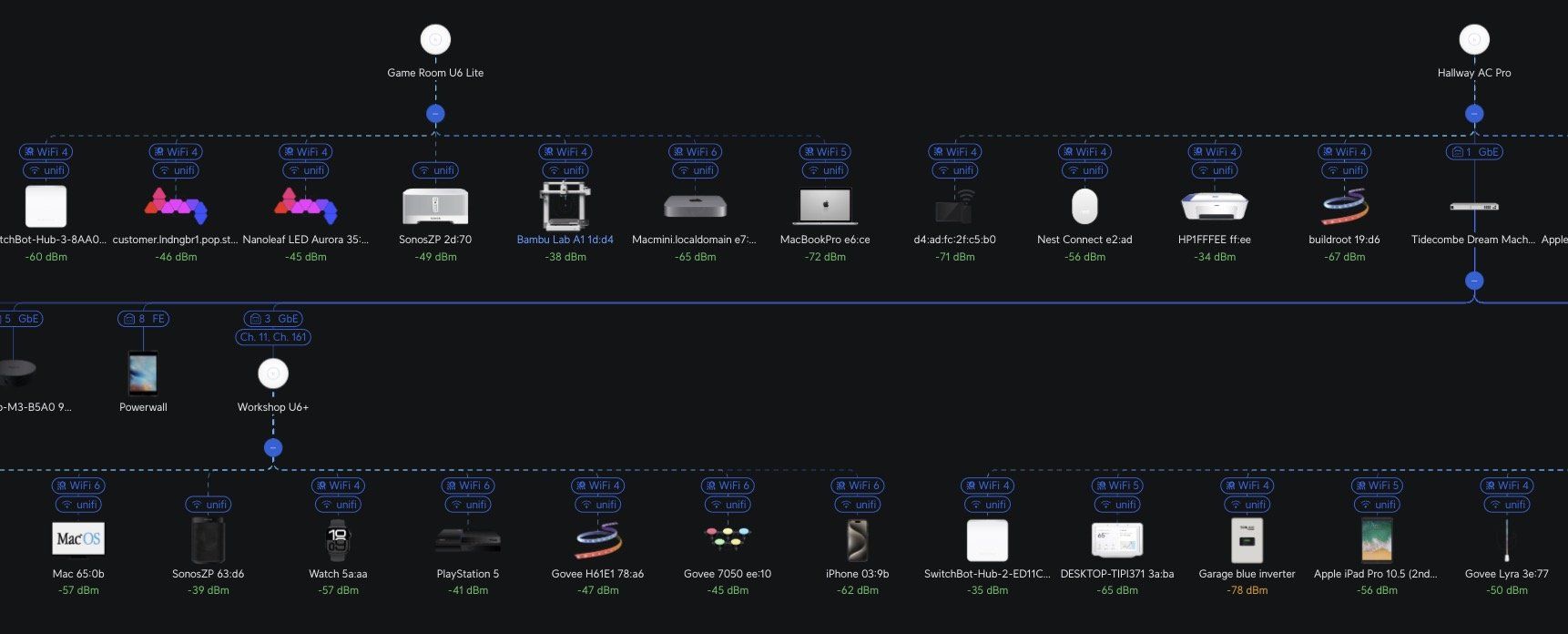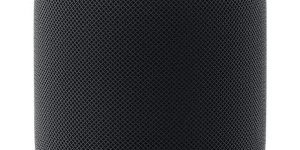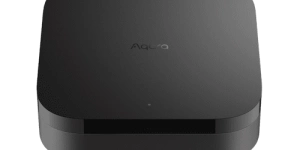Thread is the poster child of the Matter ecosystem. Developed as a kind of successor to Zigbee, it's extremely power-efficient and can run for years on a small battery, uses modern code principles that are easy to develop for, and ensures great coverage with its mesh topology.
So why does nearly every new Matter device seem to use Wi-Fi?
It’s still confusing
Picture this: you buy a new Matter device and take it home. You attempt to add the accessory, but no matter how many times you power it on and off, scan the little QR code it came with, it just won’t connect.
If it was a Thread accessory, you might not have had a suitable Thread Border Router—that’s the hub that translates between your home Wi-Fi language that your phone speaks, to the Thread signal that the accessory speaks.

But your phone could see the accessory, so surely it was working!? No, because all Matter devices use Bluetooth for onboarding (as in sending over the network details and password). So your phone could see the device exists over Bluetooth, it just couldn’t complete the final steps of getting onto the Thread network (because you didn’t have one).
Confusing, isn’t it?
This is frustrating even for us hardened techies. I use Apple Home, and the thought of having a HomePod had never occurred to me until I had to test my first Matter accessory and was duly informed I would need at least a HomePod Mini; I much prefer Sonos speakers. To this day, I have a single HomePod Mini in my corridor to act as a Thread Border Router and Matter controller. We don’t talk to Siri, or play any music through it. It’s utterly pointless in every other way. What a waste of energy.
So you return that broken sensor, and vow not to buy from that company again because of such unreliable hardware. You buy a cheaper competitor's model that uses their own app and connects directly to your Wi-Fi. Brilliant, works first time!
So the company gives up on Thread; the return rate isn’t worth it.
With Thread radio chips introduced in a number of recent iPhones, Apple has tried to solve this by letting your phone speak directly to the accessory via the Thread network. Arguably, this is more confusing, turning Thread into nothing more than a glorified Bluetooth connection. Imagine a motion sensor on your front door that only alerts you to an intruder when you’re within 10 feet of the door.
Eventually, this problem will sort itself out. Nearly all smart home assistants and smart speakers now have a Thread Border Router built in, so the average consumer won’t need to think about it. You might even get it built into the cheap ISP-provided routers. Anyone who reads up about Matter will know they need a Matter controller for their ecosystem of choice, and those nearly all have Thread Border Routers.
But until then, very few companies are willing to take that risk. Some don’t even bother with Matter at all, never mind Matter over Thread.
Even then, not all Thread devices form a mesh
One of the great things about Thread is that it creates its own mesh network, to ensure great coverage throughout your home. Or at least, that’s the dream. In reality, while all Thread devices will hop onto your mesh, very few of them will contribute to it by extending the mesh.
Anything running from a battery—like door and window sensors—is a low-power "minimal" end client only. That means it wakes up, joins the mesh, reports its status, and then goes back to sleep again. Only things like light bulbs and plug sockets that remain constantly powered can form the backbone of the mesh to relay signals to other accessories.

The upshot of this is that to use Thread accessories throughout your home, you’ll need at least a few always-on Thread devices dotted around (as well as your Thread Border Router). So it’s an all-or-nothing proposition.
Costs for both the consumer and the developer
In truth, manufacturing costs are negligible when it comes to choosing between a Thread-capable or Wi-Fi chip at the scales of most manufacturers; we’re talking a dollar or so extra for a Thread-capable chip. However, certification costs are certainly not negligible.
In addition to Matter certification—which can cost tens of thousands of dollars for a single product—Thread itself requires certification.
Not only is that cost passed on to consumers in the form of higher unit prices for each accessory, but they then find out that they’ll need a hub for this new-fangled Thread thing. So, the choice between a $10 smart plug that runs on Wi-Fi, or a $20 Thread one, along with a $100 hub? That sounds like a scammy upsell to most people. For the average consumer who only wants a single accessory to solve a problem, that’s an easy choice to make.
You'll benefit more from better Wi-Fi instead of adding Thread
Most Wi-Fi problems stem from users having a single router that their ISP supplies. Inevitably, coverage is bad in larger home, and there’s a finite number of devices you can have before problems like random drop-outs occur. These are great arguments for why a Thread mesh is useful in addition to Wi-Fi: to offload smart home accessories and avoid using valuable Wi-Fi capacity.
However, in reality, upgrading your Wi-Fi will offer more benefits. There are plenty of off-the-shelf consumer-friendly Wi-Fi mesh networks, or more complex multiple Access Point systems like UniFi, to solve the range and capacity issue. Either of these will offer a greater home networking experience for everyone in the home compared to a Thread network, which only benefits a small set of possible devices.

If your family can’t get Wi-Fi in the bathroom, and you have a limited budget to upgrade your home network, then covering your home in Thread accessories won’t help them. However, additional Wi-Fi access points can also be used for smart home devices. It seems like the obvious choice to make.
Is there a future for Thread?
I’m not here to argue the benefits of Thread; most home Wi-Fi routers collapse beyond about fifty connected devices, so for a truly connected home you need some kind of low-power mesh network. That’s why many smart home enthusiasts have stuck with Zigbee or Z-Wave over the years, keeping those off the main home network. Obviously, Thread is a better choice than Wi-Fi. I don’t need to tell you that. For those heavily invested in Zigbee but still looking to the future, the Aqara Hub M3 is a great choice that has both radios, and can easily bridge Zigbee accessories into Matter.
But the future is bleak from where I’m looking.
Thread will always have a niche place within the Matter smart home for low-power sensors, and chances are, if you’re blanketing your home in Matter-compatible window or temperature sensors, you know enough about your smart home network topology to know you’ll need a Thread Border Router and a good mesh to back it up. But you and I aren’t most people. Only a third of US adults report owning a smart speaker—and even then, there’s no guarantee it’s a Matter-supported model or that it has a Thread Border Router, with early Amazon and Google models lacking the Thread chip.
Hopefully, it's just a matter of time. But my money is on Wi-Fi being prevalent for a long time still.




